Can humans hibernate during interstellar travel?
In the second half of the 20th century, humans conquered the Moon with very primitive space travel technologies: A Saturn V rocket, a computer with 4 KB of RAM, and several dozen packages of ground beef for each astronauts on an eight-day journey back and forth.
The story will be completely different when it comes to the 21st century, with new destinations beyond the scope of the Moon. For example, our closest destination is Mars, with a distance of 480 million km, about 200 times the distance from Earth to the Moon.
With the most powerful rocket technology available today, a flight to Mars still takes 7-9 months, the US space agency (NASA) said. Astronauts will only stay on Mars for 3 months, but will spend up to 14-18 months dealing with darkness, stress, boredom and repetitive meals in space.
So the idea is simple: Why don’t we find a way to put the spacecraft in self-driving mode and put the astronauts into hibernation? That’s exactly what we see in sci-fi movies, from 2001: A Space Odyssey (1968), to Avatar (2009) and Passenger (2016).
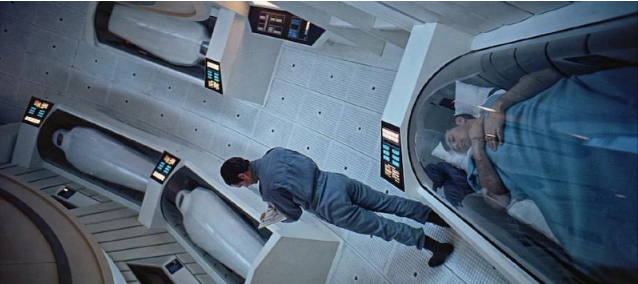
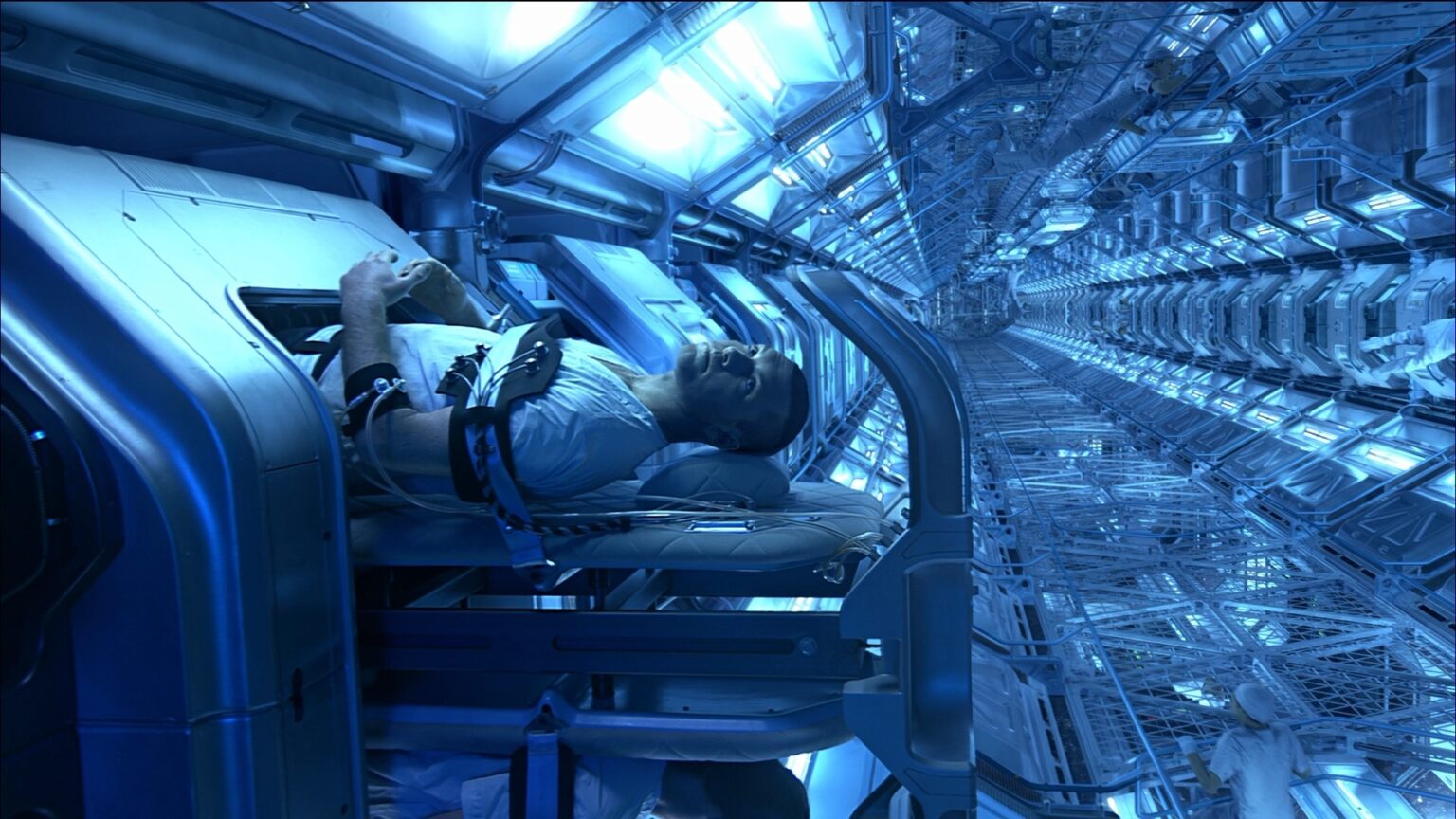
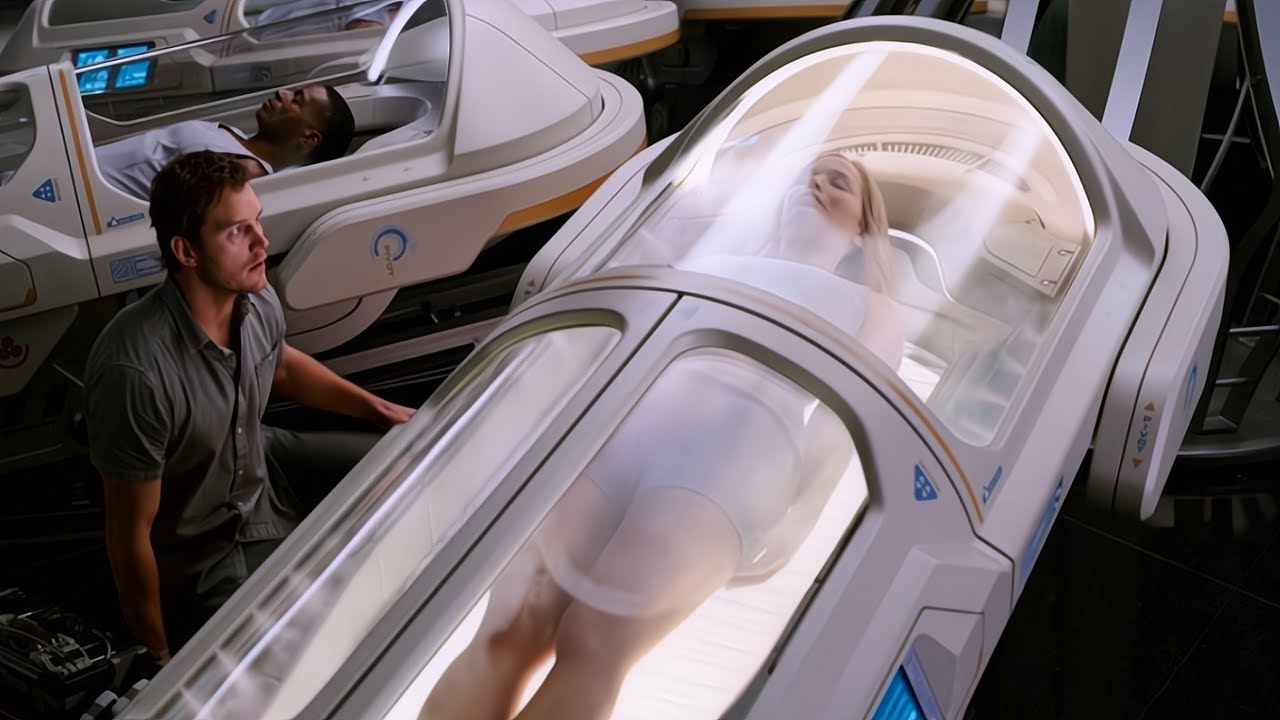
The hibernation cocoons for astronauts appear throughout the sci-fi movies from 2001: A Space Odyssey (1968), Avatar (2009) to Passenger (2016).
The astronauts are put into a cocoon filled with liquid, they will go into a state of hibernation, so that their minds no longer feel bored while waiting and the metabolic rate drops to a level that can make them unable to sleep. old ones.
But there is a question we need to answer now: Can the human body, structure and biochemical processes support us to hibernate?
To answer the question for humans, let’s see how animals hibernate
The word hibernation often conjures up images of a bear entering a burrow to rest during the long winter. However, although the bears have been out of sight for several months, they don’t actually sleep during that time.
If you’re looking for an animal that actually hibernates full-time, you have to look at smaller animals like the bush monkey (monito del monte) bat or ground squirrel. The scientists observed that only in small animals do they actually reduce heart rate and breathing rate during long sleep. Both their body temperature and metabolic rate dropped significantly.

Bush monkeys (monito del monte) save up to 76% energy while hibernating.
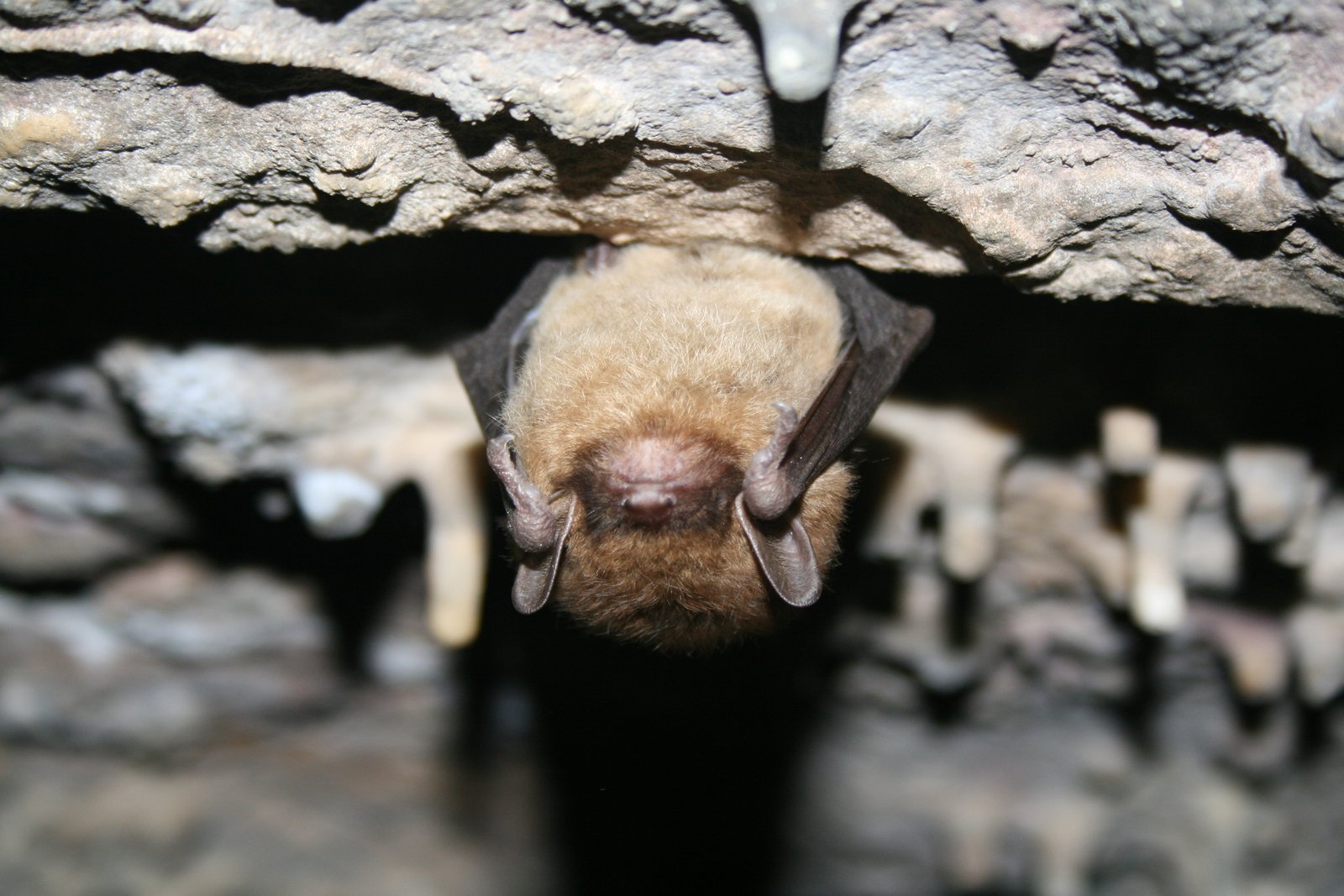
Meanwhile, the brown bat is the champion among hibernating animals. They can save up to 98% of energy.
The result of these biochemical processes being slowed down is this: The bush monkey can save up to 76% of its energy during hibernation. The numbers in brown bats and some other marsupials are even more impressive, up to 98%. This level of savings means that they do not need to waste their efforts hunting or foraging and still live well through the winter.
But bears are the opposite, they don’t actually hibernate as we think. The scientists observed a phenomenon: As weight increased, the proportion of energy saved by animals in hibernation decreased.
That’s because every gram of an animal’s body weight expends almost a fixed amount of energy in hibernation. A 25-gram bat consumes only one-33 times as much energy as an 820-gram ground squirrel, and 1/300 times as much as a brown bear.
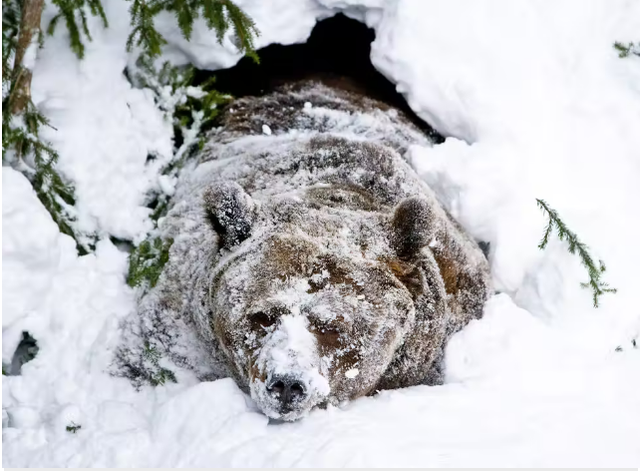
When grizzly bears hibernate, they really don’t save any energy at all.
In fact, a 75-kilogram brown bear doesn’t save any energy while hibernating. That’s because before winter comes, they have to eat a lot to increase body size and store fat. The more weight they gain, the more energy they burn.
As a result, even when brown bears sleep, their energy consumption remains the same as when they are awake. Grizzly bears that weigh an average of 180 kg even have negative energy savings when sleeping. Specifically, in a state of hibernation they consume up to 124% more energy than when they are awake in the summer.
Is hibernation possible for humans?
Based on their calculations in a new study published in the Proceedings of the Royal Society B, a team of scientists found a weight threshold at which hibernation is thought to be effective. . That’s under 20 kg with mammals. Humans with the weight of a brown bear will not meet the quota.
“The benefits of a reduced metabolic rate during hibernation are like a switch, turning on only small animals, and off in larger species.“, said Roberto Nespolo, lead author of the study from the Universidad Austral de Chile.”We humans are too big, so the benefits from hibernation are minimal.”
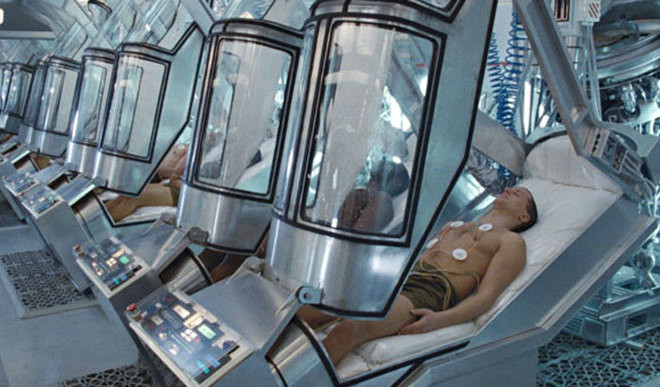
To really see how far the hibernation plan is in space, let’s try to do some math. Supposedly, with some technology like gene editing, humans could achieve a 2% metabolic rate in hibernation like brown bats.
At that time, if normally an adult needs to eat about 12,000 kilojoules of energy per day. Then when he goes into hibernation, he will need 240 kilojoules. To get to that number, astronauts would need to burn 6 grams of fat per day.
During a flight to Mars, you can imagine a person snuggling into a hibernation cocoon and losing between 1.26 and 1.62 kg of fat within 9 months. This seems to be possible, moreover suitable for those who want to lose weight.
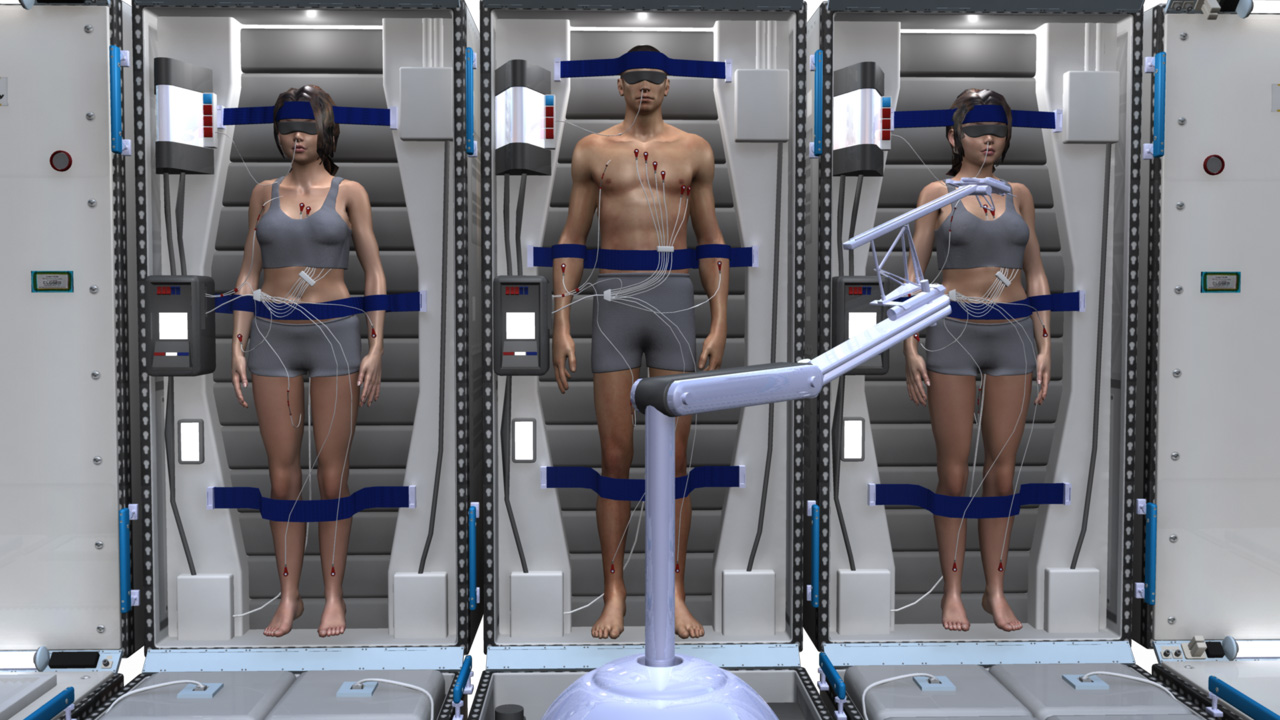
But let’s talk about a flight beyond, to Neptune at a distance of 4.5 billion km. Such a flight can take up to 40 years and it is equivalent to 87kg of fat required in an astronaut if he wants to sleep soundly.
Flights beyond the Solar System to interstellar space require even longer periods of hibernation. So basically the idea of hibernation for travel still requires astronauts to wake up regularly to eat and recharge their stored energy.
Furthermore, Nespolo poses a question: “Who will volunteer to test a drug, gene editing or a surgery to be able to hibernate with an energy saving rate of up to 98%.”
His research is clearly a problem that biotechnologists at NASA and the European Space Agency (ESA) need to solve, as they are trying to research hibernation technologies for space travel.
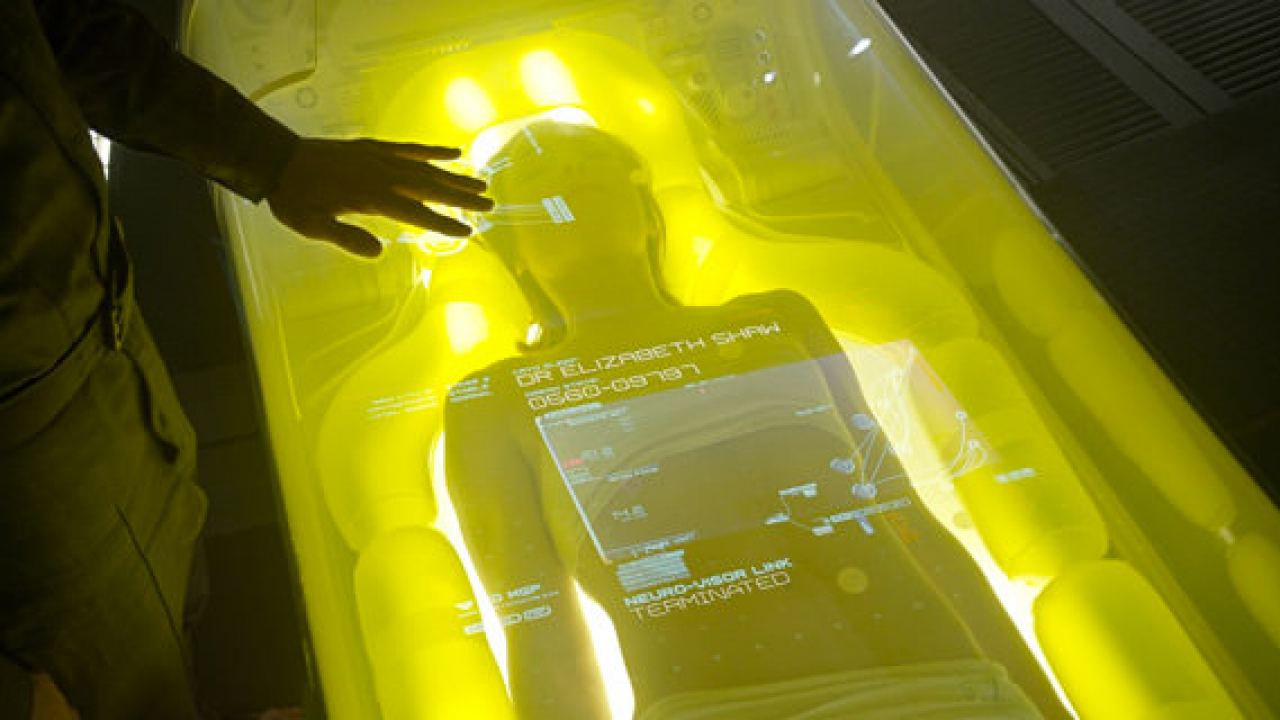
In addition, Nesporo also posed another question: “Why do the cells of a bat in hibernation metabolize at the same rate as the cells of a bear – which is clearly 20,000 times larger than it?”
If we find the mystery in this constant, maybe we can find a way to change it. When the metabolic constant can be reduced to close to zero, then we can dream of trips into deep space, interstellar regions, where astronauts can actually sleep. for tens or even hundreds of years without growing old like in the movie Passengers.
Refer to Sciencealert , Inverse
Law and Readers
at Blogtuan.info – Source: cafebiz.vn – Read the original article here



